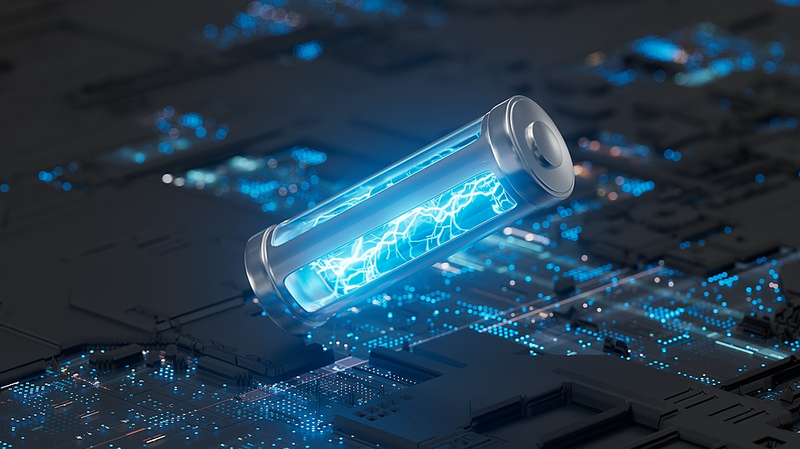Imagine powering your devices with a super-thin material that charges in minutes… 🔋⚡
Scientists from Tianjin University in the Chinese mainland and partners across Asia, Europe and the U.S. have unveiled new 2D telluride monolayers — HfTiTe4, ZrTiTe4 and HfZrTe4 — that could revolutionize lithium-ion and sodium-ion batteries. Their study, recently published in Advanced Science, uses first-principles calculations to reveal these ultrathin layers can serve as both anodes and sulfur cathode hosts, delivering faster charging, higher capacity and amazing stability — even at 227°C! 🔥
Highlights:
- Superfast charging with topological telluride structure
- Thermal endurance up to 227°C
- Ideal for electric vehicles, industrial storage and portable electronics
"These monolayers open a new path toward designing efficient energy-storage materials using theoretical computation," says Ji Kemeng from Tianjin University. With collaborators from Shanghai Jiao Tong University, Zhejiang University, the University of Sao Paulo, the Guangdong Technion-Israel Institute of Technology, the University of California in Irvine and Shenzhen Technology University, this global team is literally charging ahead! 🌍
For innovators and eco-warriors alike, these ultrastable 2D materials could supercharge our energy future—stay tuned! 🚀
Reference(s):
Scientists predict ultrastable 2D materials for better batteries
cgtn.com


